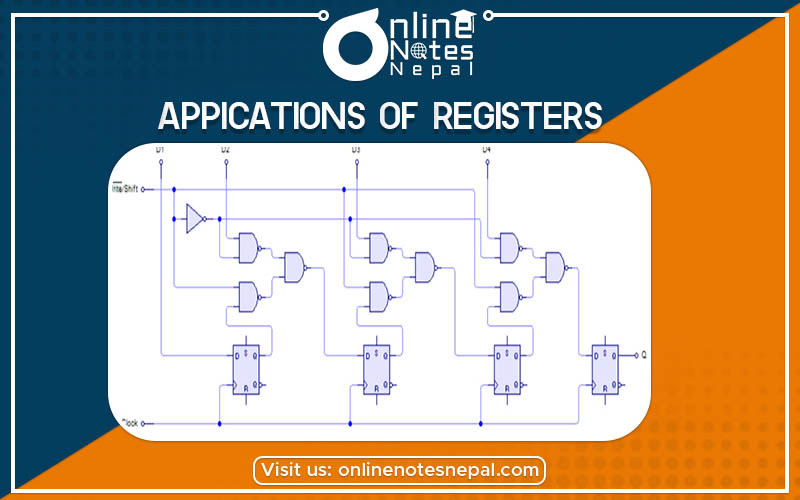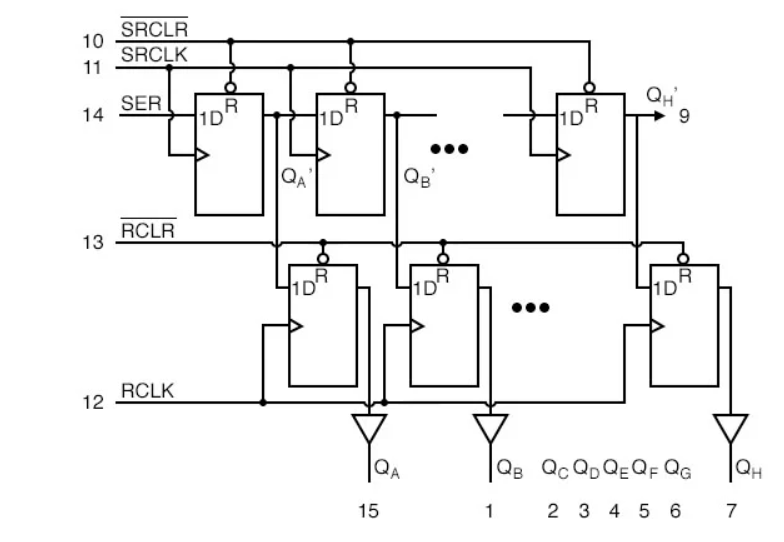Published by: Nuru
Published date: 22 Jun 2021

There are various and major applications of registers as they are also used in electronic devices like computers. There is a description of some of them :
The Serial In- Serial Out shift registers are widely in use for the production of time delay. The number of stages used in the register controls the amount of time delay in the machine. Along with this, the clock frequency also handles this.

Fig: Time Delay using register
Registers help in simplifying the combinational logics as well. There is vivid use of ring counters for the implementation of synchronous sequential circuits. The sequential circuits have the problem to assign the binary digits to the internal states of the circuit. This is necessary in order to reduce the complexity of circuits needed. If it could be possible by the sequential circuits, then it would be easy to simplify the combinational logic for the realization of complete sequential circuits. We do this by assigning one flip-flop to one internal state. But the use of registers makes it possible. When the circuit is in a particular state, the flip- flop corresponding to the state is high and all the others are at low.
When data is sent using parallel data transmission, multiple data bits are transmitted over multiple channels at the same time. This means that data are able to reach much faster than using serial transmission methods. So the conversion of serial data into the parallel becomes essential. A computer commonly requires incoming data to be in parallel format but these systems do communicate with the external devices for sending the serial data. For this purpose, there is the use of parallel communicator. A register can work as a parallel communicator for this.

Fig: A serial to parallel data converter